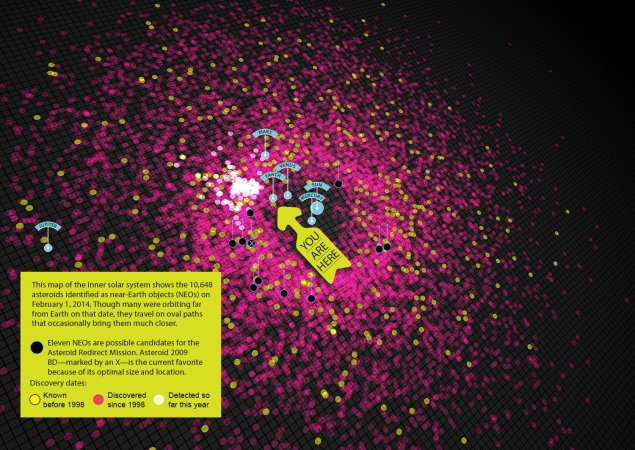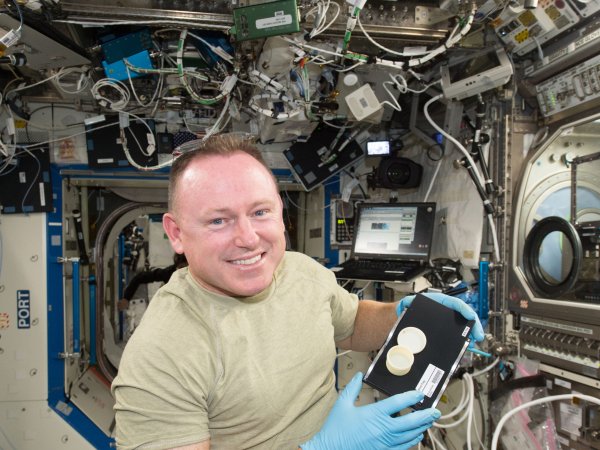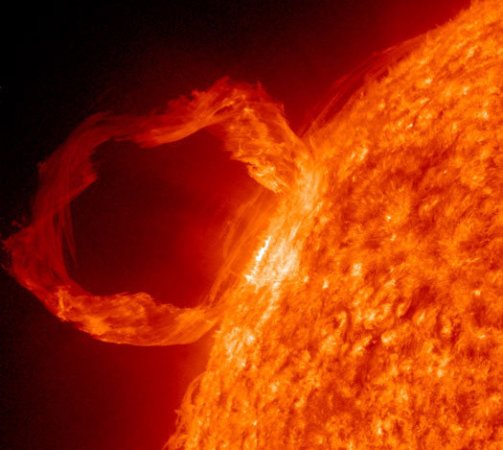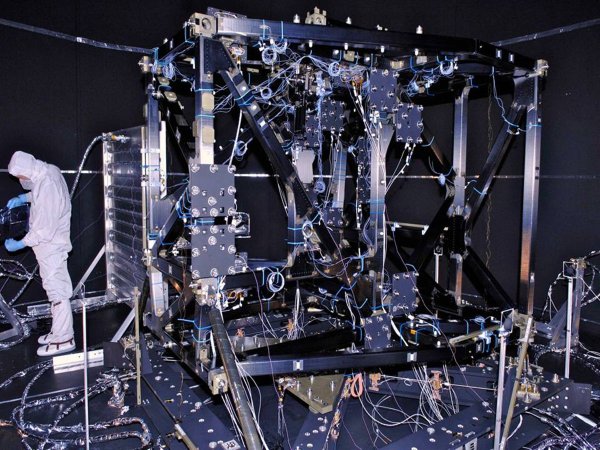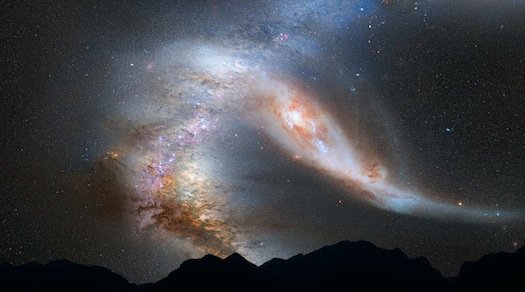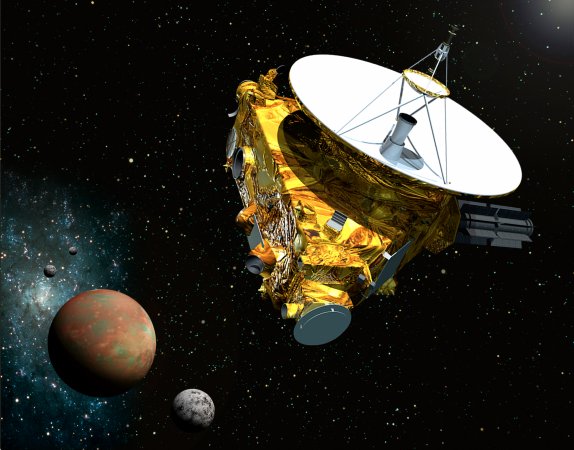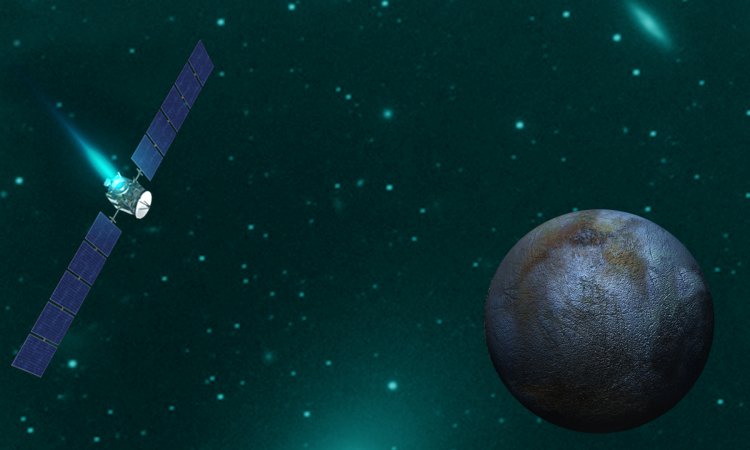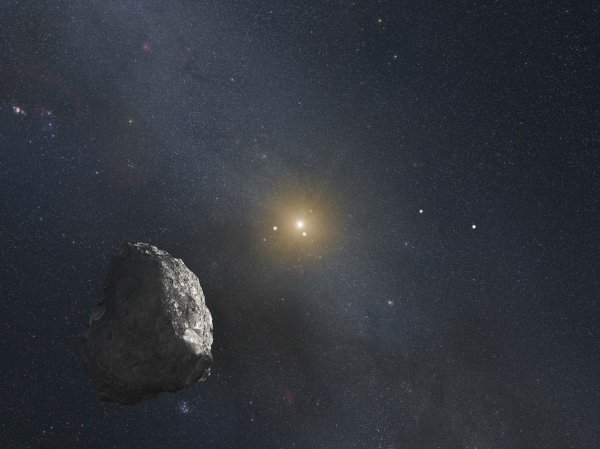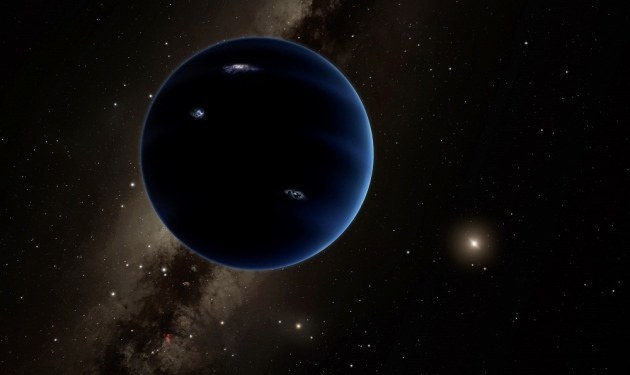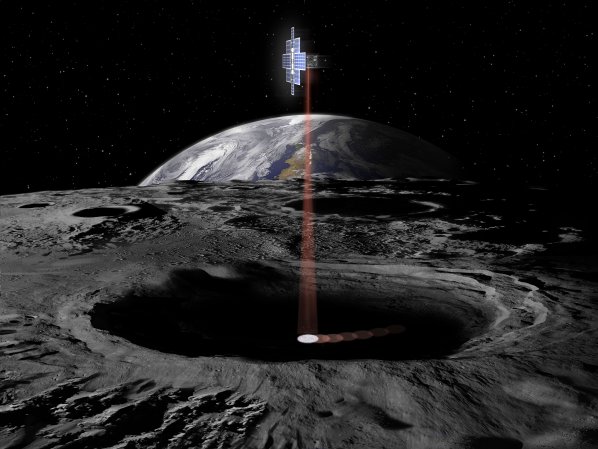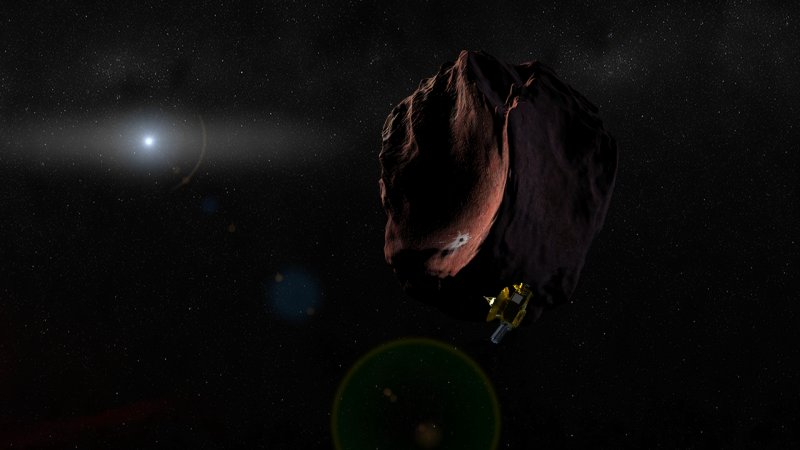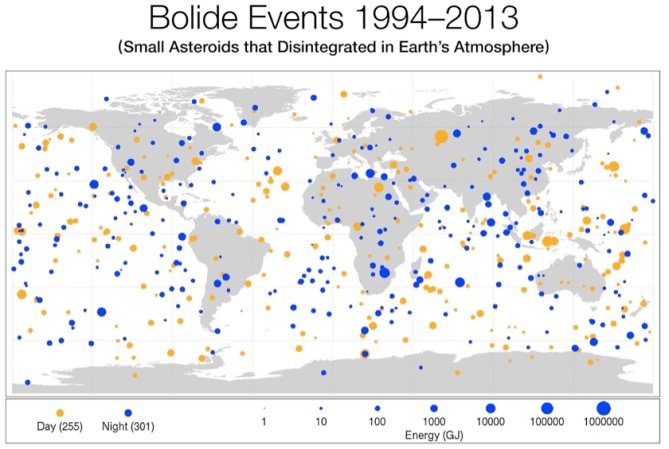

After almost a year of successfully surveying the entire sky one-and-a-half times over, NASA’s Wide-Field Infrared Survey Explorer has run out of coolant – quite expectedly – and reached the end of its primary mission. Since its launch last December, the mission snapped more than 1.8 million images in four different infrared wavelengths, providing astronomers with enough data to keep them busy combing through it for decades. That is to say, WISE has had a very productive year.
Click to launch the photo gallery
How productive? WISE cataloged objects ranging from asteroids and comets within our solar system to nebulae throughout the Milky Way and faraway galaxies in other parts of the universe. So far, WISE has discovered 19 comets, more than 33,500 asteroids (120 of which are near-Earth objects) and collected images of luminous galaxies and brown dwarf stars in astonishing scientific detail.
And just because WISE is warming up doesn’t mean the discoveries will end. WISE’s two longest-wavelength detectors are indeed done for, but the two shorter-wavelength instruments will continue to function even as the satellite heats up to a not-so-balmy minus 334 degrees. The new mission, dubbed NEOWISE (for Near Earth Object + WISE) Post-Cryogenic Mission, will pick up the second full survey of the sky where WISE left off, continuing to observe the closest brown dwarfs as well as closer asteroids and comets. The new mission will last another one to four months, meaning our gallery of WISE’s greatest hits could still be a work in progress.







